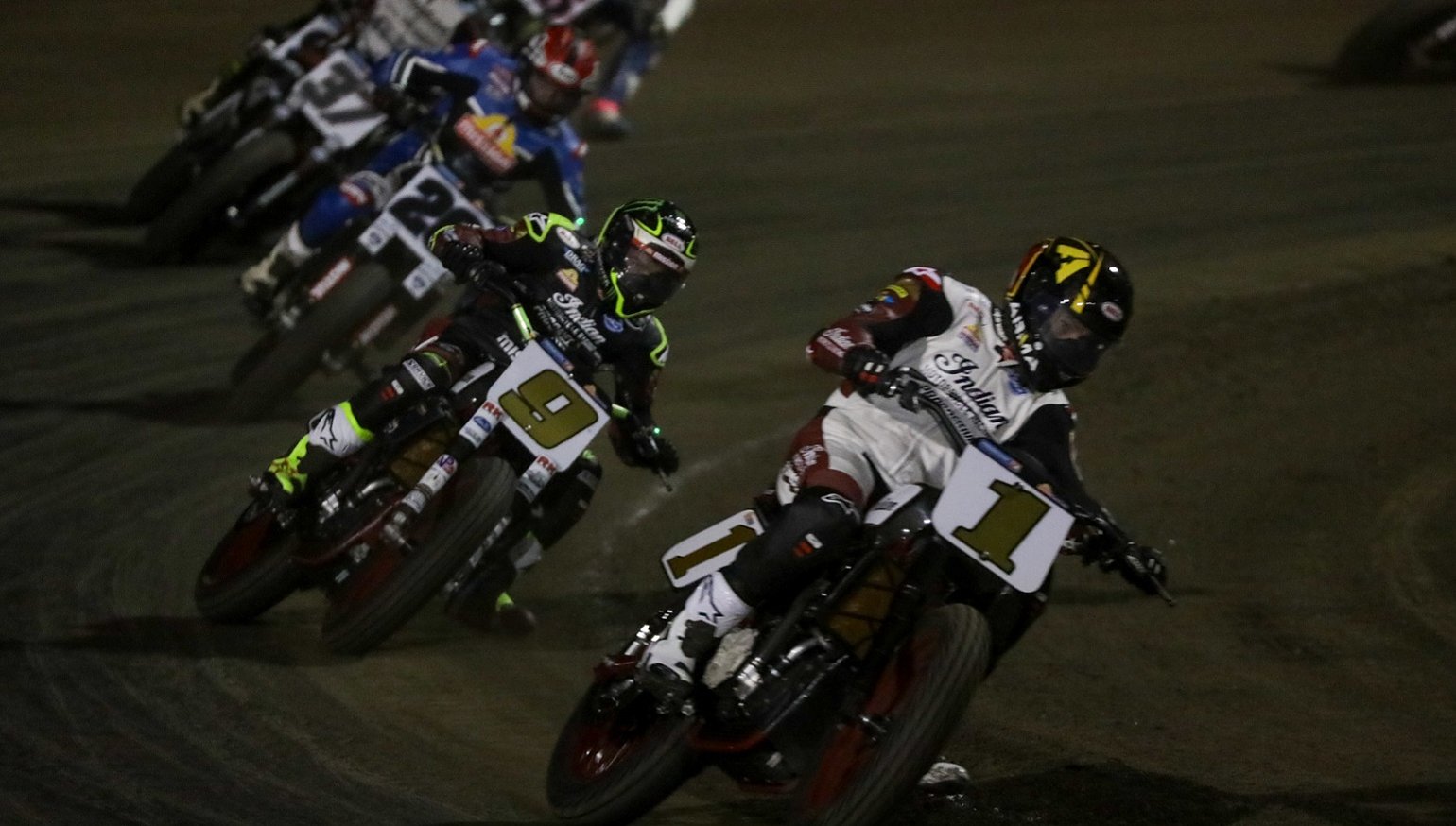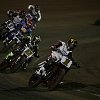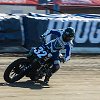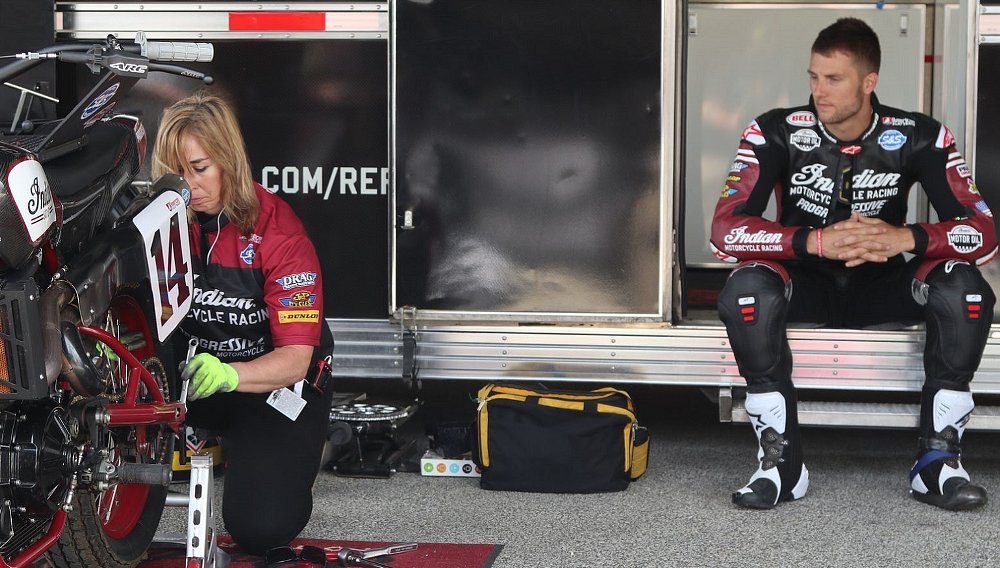The American Flat Track season kicks off tonight with the Volusia Half-Mile in Florida and the off season has been a busy one. Beyond the general musical chairs of team and rider swaps, there have been major rule changes that actually started last season and continued to be in flux until a few weeks ago.
The Mission SuperTwins presented by S&S Cycle and Mission Production Twins presented by Vance & Hines classes have seen a significant overhaul in their formats, schedule and even how they will be broadcast. It's quite a bit to take in so let's break it down piece by piece, starting with the biggest piece of scuttlebutt from the off season, the SuperTwins rule changes.
Mission AFT SuperTwins class rule changes
Back in December we covered some of the rule changes proposed by AFT. The proposal was that teams using race-only engines (meaning Indian FTR750s, which are about 80 percent of the grid and have won the last five championships) would have to use 32 mm throttle body restrictors, but after significant pushback from the teams using FTRs, the rule was set at 34 mm throttle bodies via a restrictor plate. Tuners have to use the AFT-approved spacer, meaning they can't port or smooth out the opening. Conversely, the production-based engines can run up to 40 mm throttle bodies.
Other changes were implemented part way through the 2021 season with the intent to slow down the FTRs, and those rules also still stand. They include a restriction on flywheel weight and a lower rpm limit (11,500 rpm while the rest of the field is allowed 12,000 rpm). This year, both SuperTwins and Production Twins will have the same minimum weight at 320 pounds, but rear wheel weight is where things get interesting. FTRs will be limited to 28 pounds for the rear wheel, with the exception of when spoked wheels are used on the TT tracks, when they will be allowed 29.5 pounds. The rest of the field will be allowed to use rear wheels weighing up to a whopping 48 pounds, eight pounds more than previous years. This is significant because in dirt-track racing the use of heavier wheels translates directly to rear grip when exiting corners.
Additionally, the production-engine-based bikes (everyone except FTRs) will be allowed up to 900 cc displacement with the FTRs at 750 cc. All of this adds up to create some real problems for the FTRs, especially on mile tracks where the restricted throttle bodies will cause a significant horsepower loss.

Who to watch in SuperTwins
Shayna Texter-Bauman moving up to the SuperTwins class and joining her husband on the factory Indian team should be interesting to watch, especially on mile tracks, but the two gorillas in the SuperTwins room are still the factory Indian riders of Jared Mees and Briar Bauman. Between the two of them, they have won the last five SuperTwins championships. The last three years, these two have slugged it out down to the wire to determine who would be champion. If you add up their point totals over the last three years, it comes out to be exactly even. It doesn't get closer than that.
It's hard to imagine the rule changes not having an effect on this year's championship, but with 80 percent of the field on FTRs, the new rules package will only benefit the remaining 20 percent of riders, specifically the two Yamaha MT-07s from Estenson Racing and Bronson Bauman's Latus Motors Harley-Davidson XG750. J.D. Beach on the Estenson MT-07 had some success last year, finishing fifth overall in the championship after starting the year on the podium at the season opener, winning the TT races and being fairly average the rest of the year.
Beach's uber-talented teammate, Dallas Daniels, is the one to watch, as far as I'm concerned, when it comes to the Yamahas. He's coming off back-to-back Singles championships and he also entered four Production Twins races last year, won three of them, and finished second in the fourth, all while defending his Singles crown. I'm not saying the kid will beat the two juggernaut factory Indian racers, but look for him to make his presence felt. He could have an impact on how the 2022 SuperTwins Championship plays out.
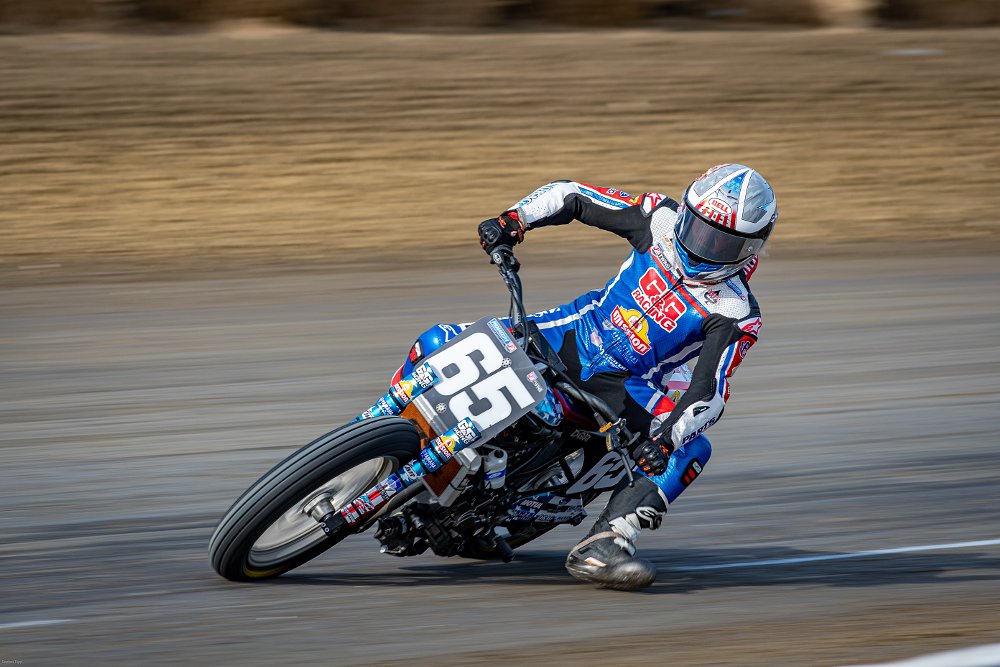
Who to watch in Production Twins
The big news for the Production Twins class this year is that it will be no more after this season. The transition plan makes things pretty interesting for the 2022 season: The top four finishers in the Production Twins main events will get an automatic transfer to the back row of the SuperTwins main events. The Production Twins racers who make make those main events will have a stack of technical advantages, discussed above, over the field of FTR750s in front of them. The class has been heavy with Yamahas, Kawasakis and the occasional Harley XG750, but there could be some interesting additions this season in the form of another orange-clad manufacturer.
Corey Texter returns to the class as reigning champ after winning his second title in three years and he remains the favorite in 2022. But he may have some new competition. There will be a few KTMs in this year's Production Twins field, with Ryan Varnes on a KTM 790 and James Rispoli and Wally Brown Racing will be debuting a KTM 890 at the OKC Red Mile in mid-season.
Granted, it takes time to develop a new flat-track platform, but both Varnes and Rispoli have had success in the class, with Rispoli winning the championship in 2020. So not only is it possible that we could see a KTM on a Productions Twins podium, we could see one in a SuperTwins main event.
Johnny Lewis is back for 2022 with his Royal Enfield, after winning the Lima event last year and scoring six top-five finishes overall. Plan on the somewhat underpowered Royal Enfield to be a force to be reckoned with on the non-mile tracks. Vance & Hines will have Jesse Janisch on their Harley-Davidson XG750 for the 2022 season. Midway through the 2021 season, V&H brought Janisch out of semi-retirement to the Production Twins class and he finished the season in career-best form, with five finishes in the top four and a win at the season finale. Former singles champ Kolby Carlile will also ride an XG750 in the Production Twins class, riding for the Las Vegas Harley-Davidson team. Carlile has had success in the class with six podiums and two wins in 2019 before moving to SuperTwins. I see wild times ahead for the final season of Production Twins racing.
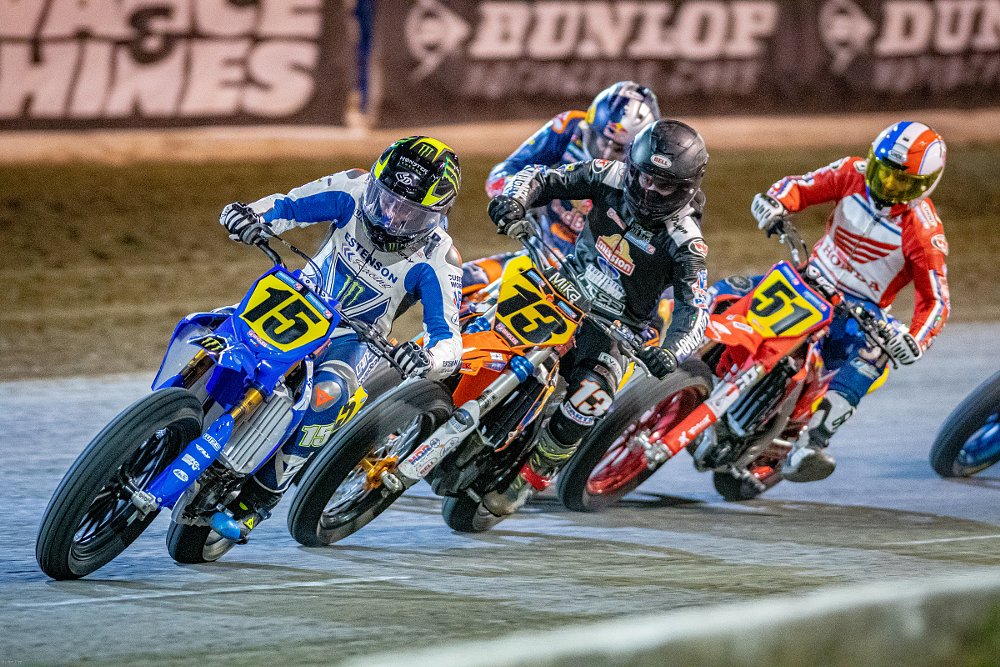
Singles: Fun racing
Fortunately there are no rules changes to talk about in the Parts Unlimited AFT Singles presented by KICKER class, so we get get straight in to talking about what in my opinion has been the funnest, most competitive class to watch the last few years. With Dallas Daniels abdicating his championship throne of the past two years, things are wide open for a new champion to be crowned. There is a ton of talent in this class, ranging from perennial class favorites to new up-and-comers.
Shayna Texter-Bauman's departure from the KTM Red Bull team has been filled by Nicky Hayden Horizon Award winner Kody Kopp. The 17-year-old finished his rookie season in the Singles class in seventh after standing on three podiums. His teammate, Max Whale, is arguably the favorite to win the championship in the hotly contested class. The Australian finished second behind Daniels the last two years.
While the Red Bull KTM team is talented, it may be the second-strongest team in the Singles paddock. Turner Racing Honda has a stacked team of newly signed Morgan Mischler, Dalton Gauthier and 16-year-old Nicky Hayden Horizon Award winner Chase Saatoff. Gauthier makes his return to the class where he won the title in 2019. Mischler, who in my opinion is the most exciting racer to watch in the Singles class, comes off of a third-place effort in the 2021 season after eight podium finishes. Another rider to watch will be Brandon Kitchen on the factory Vance & Hines team Husqvarna.
Anything can happen in this class and if the past few years are an indicator, you won't want to miss a moment of the racing.
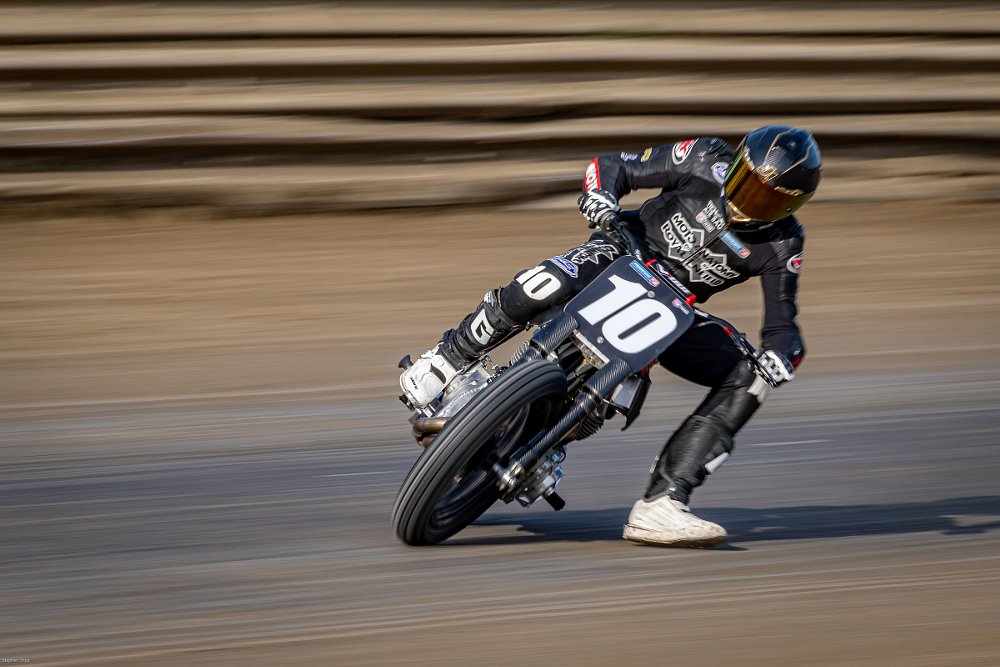
My $0.02
The restrictions on the FTRs could have a major impact on how the Estenson team's Yamahas finish the season and maybe on how the Production Twins riders fare in the SuperTwins main events, as well. I'm keeping my eye on Dallas Daniels and I'm also watching for the possibility of the KTMs being competitive by the middle of the season.
I'm more than fired up for the American Flat Track season to start, but being able to actually view the races could be in question. AFT moved away from its deal with NBC Sports, which shut down NBCSN, and in doing so they also left behind the streaming capability that came with that relationship. Last year, I would watch the races on my NBC Sports app with no issue. This year, the broadcast deal with FS1 has the races being broadcast a week after they are actually run and the live broadcast option is through Facebook live paid events. Until shortly before this article was written, I had no idea that even existed.
In the past, viewing live events on Facebook has been less than ideal, so I have concerns about the quality of the race broadcast. I have no problem laying out my $4.99 to watch the races, but I hope the quality is comparable to the NBC broadcast.
Also, Brad Baker isn't returning to the broadcast team, which is a bummer in my book. I enjoyed the Grand National champ's insight into the races.
Overall, though, there's a lot to look forward to and the season is shaping up to be a good one. Tonight's opener in Volusia should be a banger.




